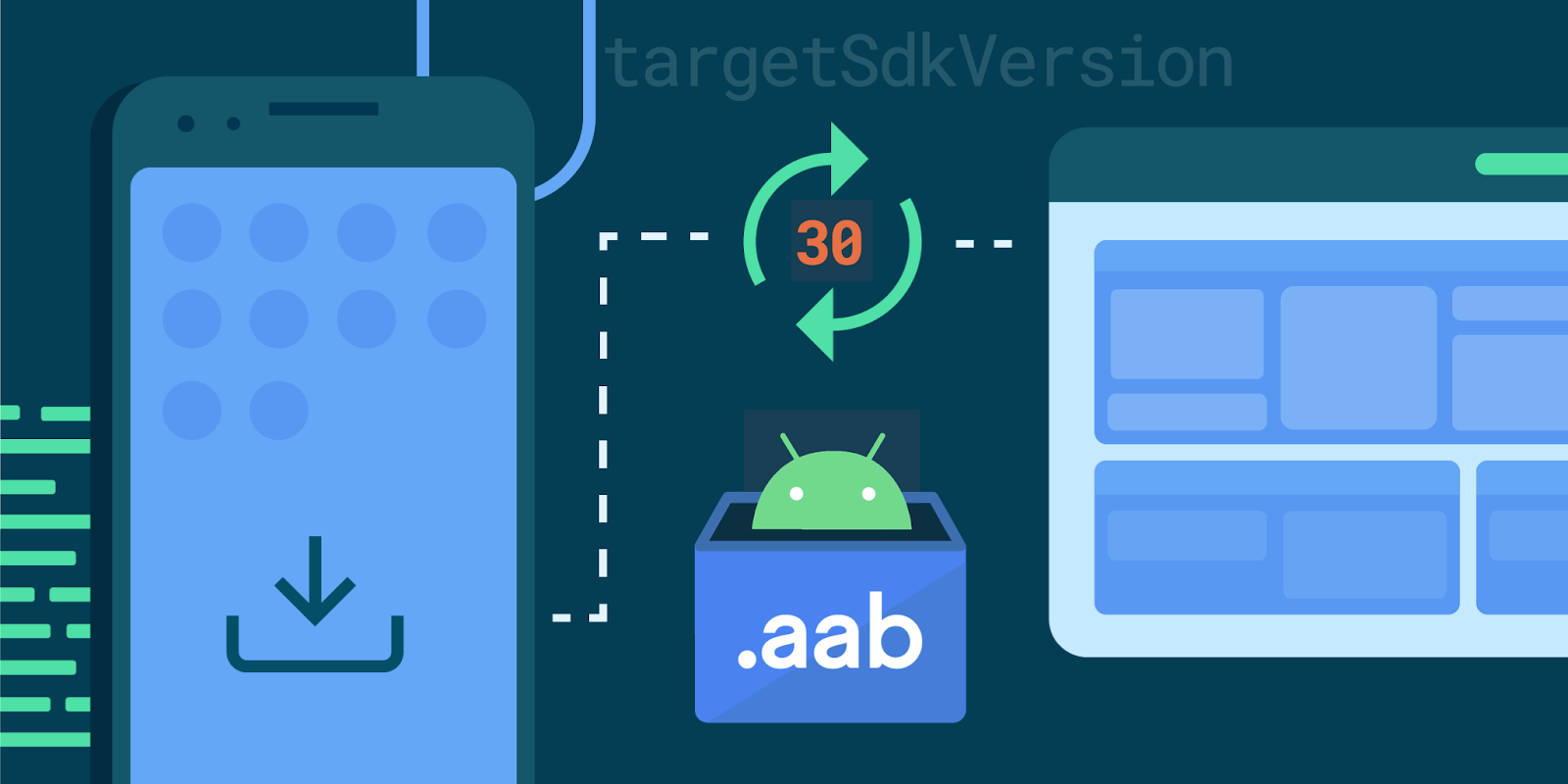Posted by Hoi Lam, Developer Relations Engineer, Android Platform
In 2021, we are continuing with our annual target API level update, requiring new apps to target API level 30 (Android 11) in August and in November for all app updates. In addition, as announced earlier this year, Google Play will require new apps to use the Android App Bundle publishing format. This brings the benefits of smaller apps and simpler releases to more users and developers and supports ongoing investment in advanced distribution.
Over 750,000 apps and games already publish to production on Google Play using app bundles. Top apps switching save an average size of 15% versus a universal APK. Users benefit from smaller downloads and developers like Netflix and Riafy see higher install success rates, which is especially impactful in regions with more entry level devices and slower data speeds. Developers switching can use advanced distribution features such as Play Asset Delivery and Play Feature Delivery. We value your feedback and plan to introduce further features and options for Play App Signing and Android App Bundles before the switchover.
Requirements for new apps
From August 2021, the Google Play Console will require all new apps to:
- Publish with the Android App Bundle format.
- Utilize Play Asset Delivery or Play Feature Delivery to deliver assets or features that exceed download size of 150MB. Expansion files (OBBs) will no longer be supported for new apps.
- Target API level 30 (Android 11) or above and adjust for behavioral changes.
Requirements for updates to existing apps
From November 2021, updates to existing apps will be required to target API level 30 or above and adjust for behavioral changes in Android 11. Existing apps that are not receiving updates are unaffected and can continue to be downloaded from the Play Store.Requirements for instant experiences
The switch to Android App Bundle delivery will also impact instant experiences using the legacy Instant app ZIP format. From August 2021, new instant experiences and updates to existing instant experiences will be required to publish instant-enabled app bundles.
Moving forward together
Here is a summary of all the changes:
Wear OS apps are not subject to the new target API level requirement.
Apps can still use any minSdkVersion, so there is no change to your ability to build apps for older Android versions.
To learn more about transitioning to app bundles, watch our new video series: modern Android development (MAD) skills. We are extremely grateful for all the developers who have adopted app bundles and API level 30 already. We look forward to advancing the Android platform together with you.

